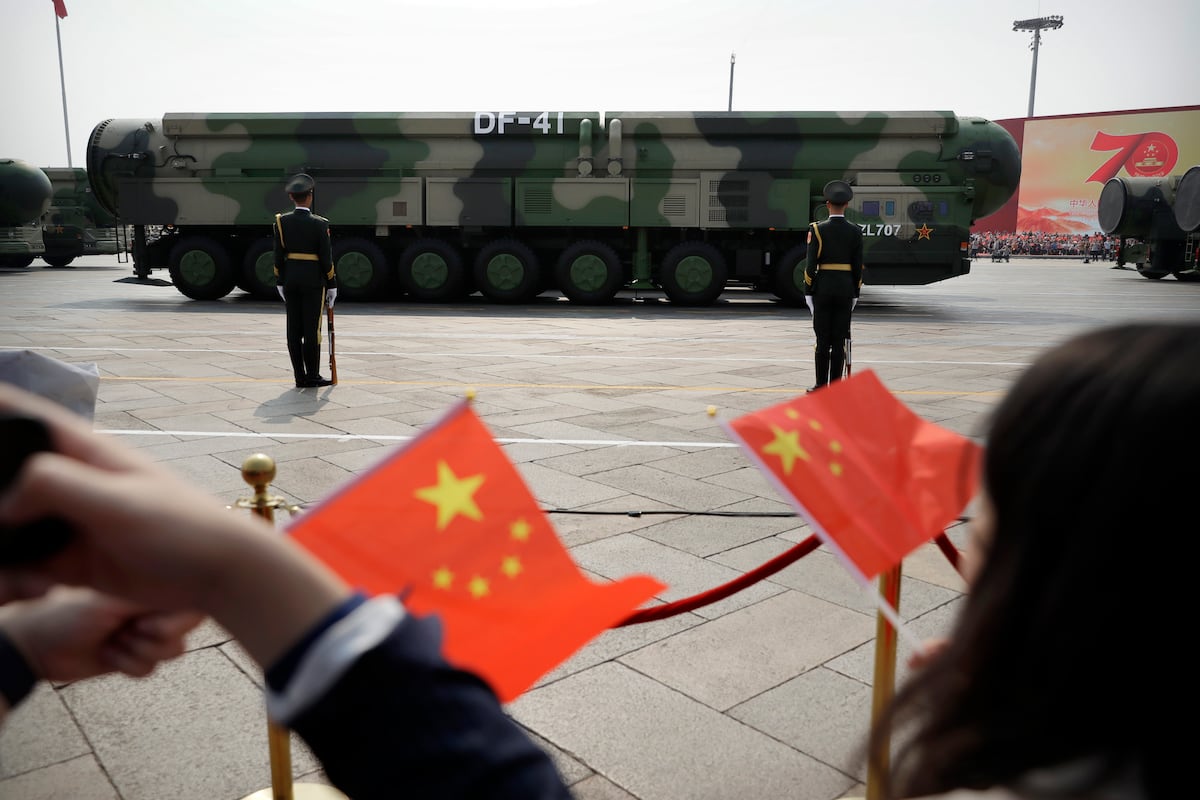Maritime Tensions: Incident in the South China Sea
Recent Collision Highlights Escalating Conflict
On Monday, a notable maritime incident occurred in the South China Sea, involving two Chinese naval assets—a China Coast Guard vessel and a People’s Liberation Army Navy (PLAN) ship—that collided while pursuing a vessel from the Philippine Coast Guard (PCG). This event underscores the rising tensions among regional maritime forces, particularly in contested waters.
Context of the Incident
The Philippine Coast Guard had deployed multiple vessels, including the patrol ships BRP Teresa Magbanua and BRP Suluan, along with the fishing carrier MV Pamamalakaya, to the Scarborough Shoal. Their actions were a direct response to the presence of approximately 35 Filipino fishing boats operating in the area, highlighting the strategic significance of this contested location.
Key Details of the Engagement
- Location: Approximately 10.5 nautical miles east of Scarborough Shoal.
- Initial Engagement: During the PCG’s operations, these vessels reportedly faced obstruction from other maritime entities in the vicinity.
- Collision Dynamics: As the PCG vessels were pursued at high speed, a China Coast Guard vessel executed a precarious maneuver, resulting in a collision with the nearby PLAN ship. This maneuver was described as a “risky maneuver” by the Philippine Coast Guard spokesperson.
Aftermath and Implications
Following the crash, the incapacitated China Coast Guard vessel led to immediate humanitarian considerations, as the Philippine Coast Guard extended help and medical assistance to injured personnel from the Chinese side. The actions taken post-collision reflect a degree of professionalism and adherence to maritime norms under challenging circumstances.
Official Responses
The incident drew a swift condemnation from the Philippines’ Department of National Defense (DND), which expressed solidarity with the Philippine Coast Guard. The DND’s statement characterized the engagement as indicative of Chinese aggression in the West Philippine Sea, calling out the “atrocious and irrational behavior” displayed by the Chinese forces.
Strategic Analysis
This incident may have far-reaching ramifications for regional security dynamics. As tensions persist in the South China Sea, an area already fraught with territorial disputes, this collision may serve as a catalyst for both diplomatic discussions and potential military posturing. Stakeholders within the international community should closely monitor developments as the implications may extend beyond immediate maritime safety concerns, affecting regional alliances and naval strategies.
Factors to Consider
- Increased Maritime Activity: The escalation of naval encounters highlights the operational tempo within the South China Sea, as nations assert jurisdiction over contested waters.
- Potential for Further Escalation: Similar confrontations could lead to an increase in naval deployments from both China and the Philippines, raising the stakes for regional maritime security.
- International Implications: The United States and allied regional partners may need to reassess their posture in the area in light of these tensions, as freedom of navigation operations become more critical.
This incident serves as a stark reminder of the complexities of maritime geopolitics in the region and the need for enhanced diplomatic engagement to avoid further escalations.





